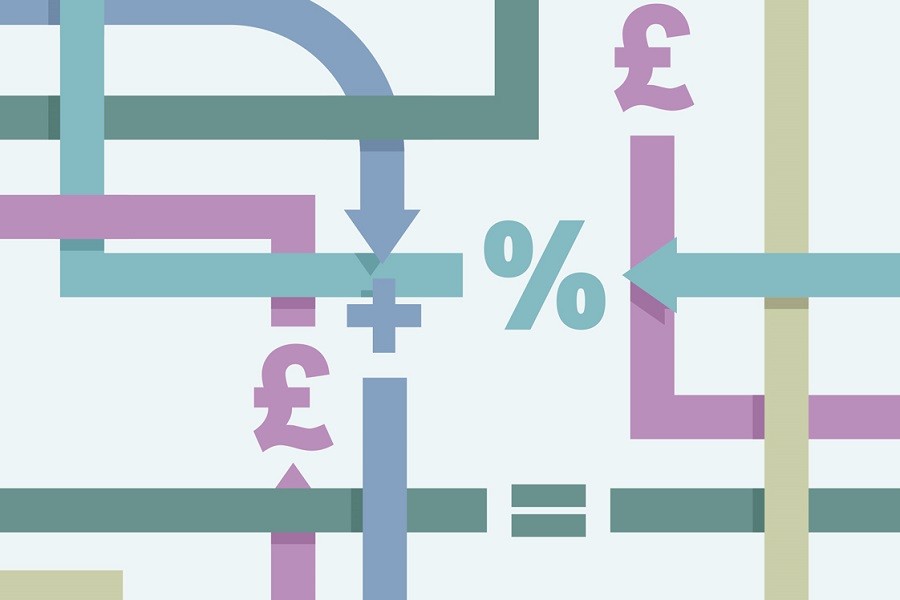In its simplest form, a convertible is a fixed income loan instrument that can, in a pre-determined manner, be converted into equity. As a loan instrument, assuming no conversion, it aims to provide investors with a return through interest payments alongside the eventual return of principal at maturity. Yet, once converted, investors switch from holding a debt instrument to holding equity and hence, participate in the upside fortunes of a company’s successes or vice versa, the downside from weaker share price performance or, eventual failure.
Small early stage higher risk private companies, say in venture capital, typically raise some of their first external capital by issuing convertibles. Using this debt instrument, instead of equity, means that investors don’t have to explicitly value such an early stage business; this issue can be pushed down the line, to when a start-up may need to raise further capital. At this later point, if we assume the corporate has matured, it should mean there is more data on the company to analyse – investors may therefore be capable of inferring a more reasonable company valuation.
Yet, the convertible bond instrument itself offers some more immediate advantages: the use of a convertible isn’t immediately dilutive to a founder’s equity stake and hence could be repaid like a traditional loan if conversion terms aren’t achieved. Also, for founders, convertibles don’t by default grant debt investors voting rights unlike some equity instruments. Meanwhile, for investors, the debt nature of a convertible gives investors greater seniority over a company’s assets should the company need to shut.
In the summer of 2020, during the COVID-19 pandemic, Reuters highlighted that the issuance of convertible bonds by companies in coronavirus impacted sectors reached its highest peak since the Global Financial Crisis. Regional trends were similar and although convertibles are more prevalent in the US, European issuance also rose during the pandemic.
As a loan instrument, assuming no conversion, it aims to provide investors with a return through interest payments alongside the eventual return of principal at maturity.
That’s because COVID-19 brought volatility and volatility makes optionality more expensive. That, in turn, made convertibles more expensive which made selling them (by companies) more attractive.
However, there were two underlying convertible bond issuance trends. On the one hand, you had negatively impacted companies (such as cruise liner, Carnival Corporation) seeking out emergency capital to alleviate near term liquidity risks to try to help ensure their longer term survival. Whilst, on the other hand, you saw companies (such as Ocado) which were benefitting from the pandemic actually tapping convertible bond markets as a more flexible route from which to generate capital for growth investment purposes.
For convertible investors, actually accepting a lower short term interest rate on the financial instrument, to compensate for the potential upside offered by equity conversion, may well prove to be a savvier longer term investment decision - if the global economy continues its economic recovery and lockdown conditions further ease as vaccine rollouts widen.
Illustration by Adi Kuznicki





